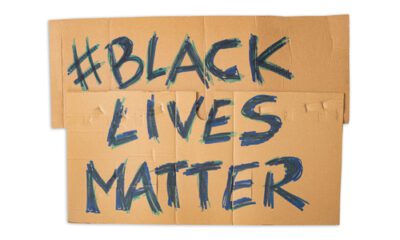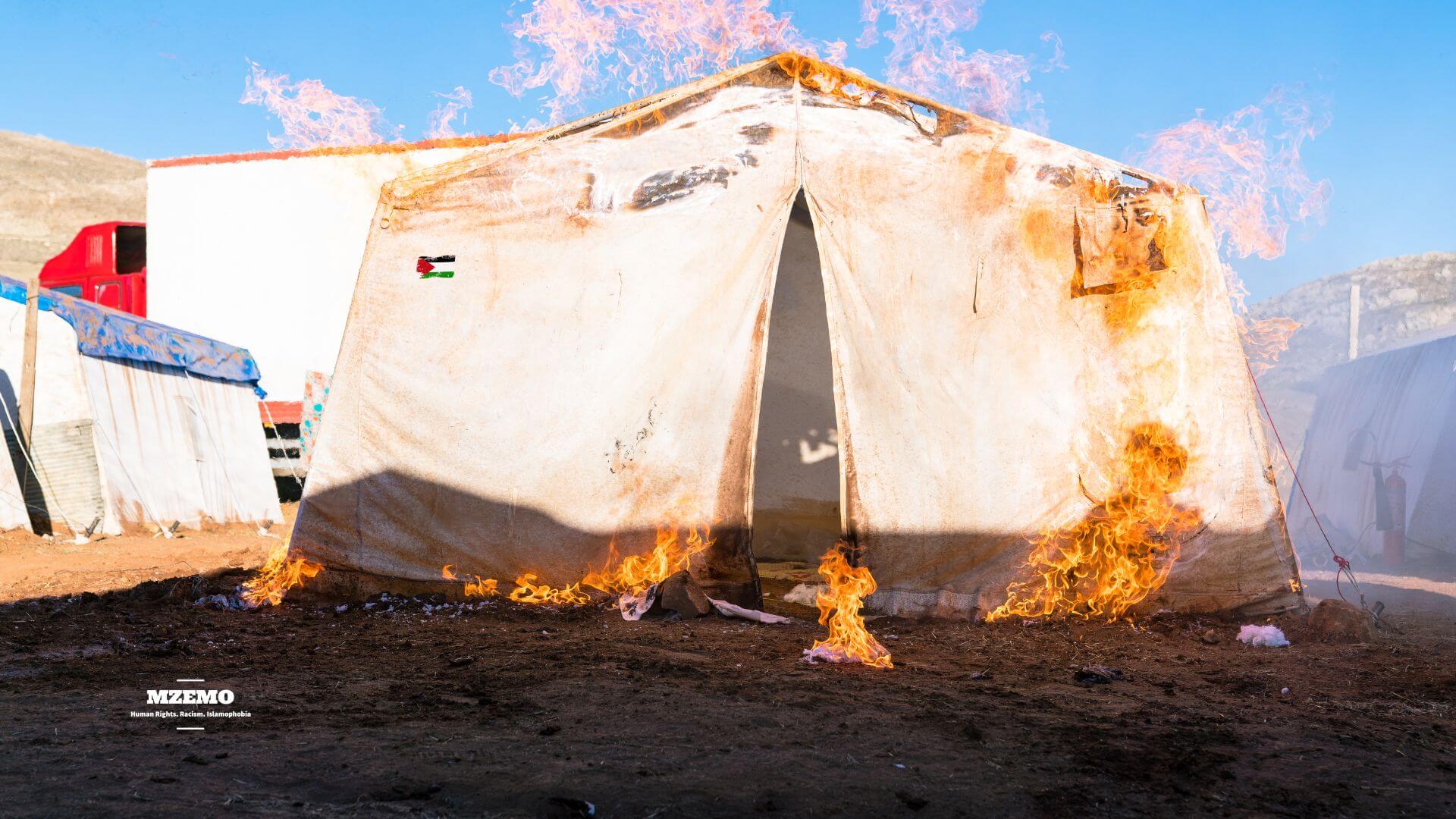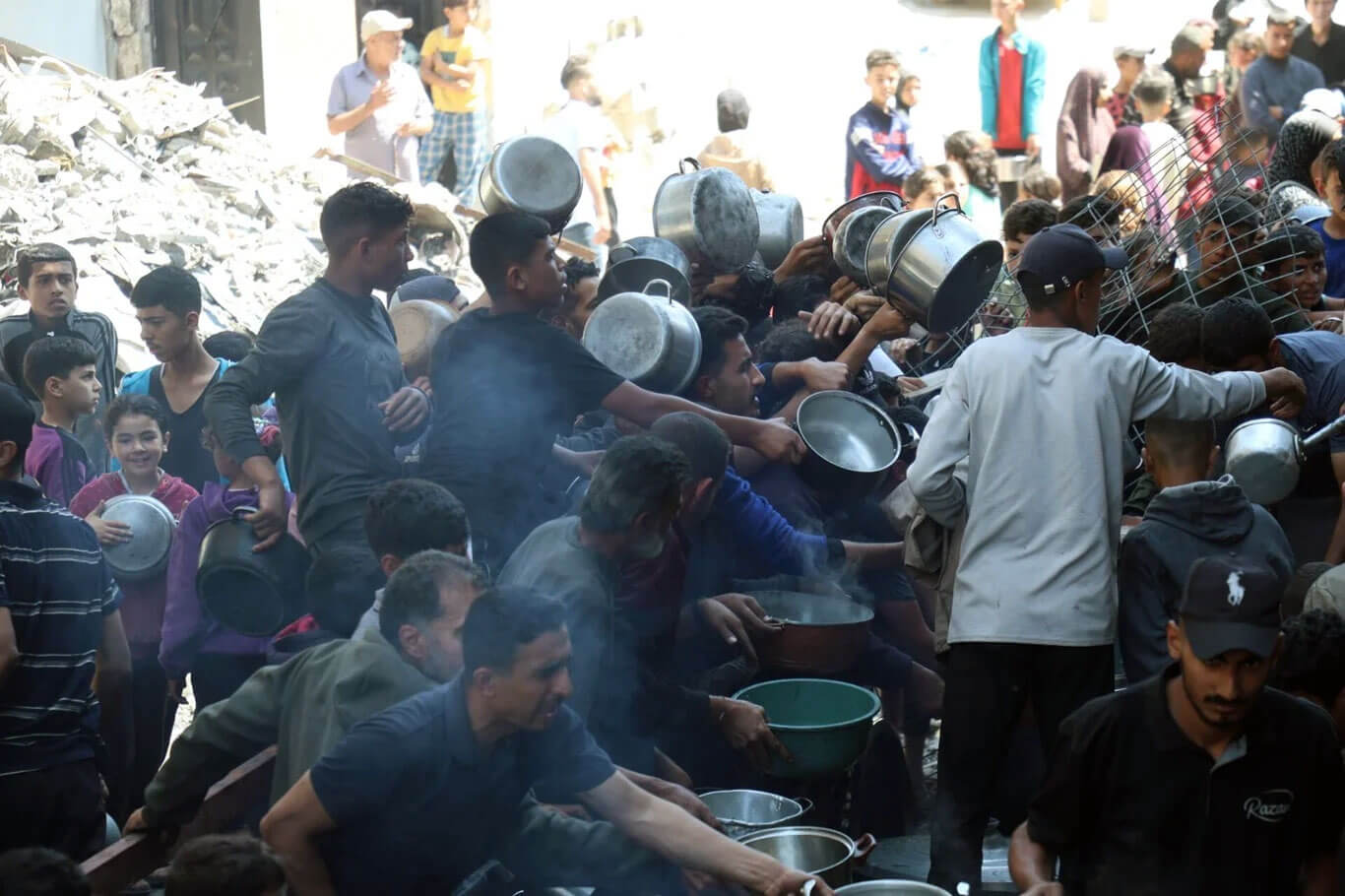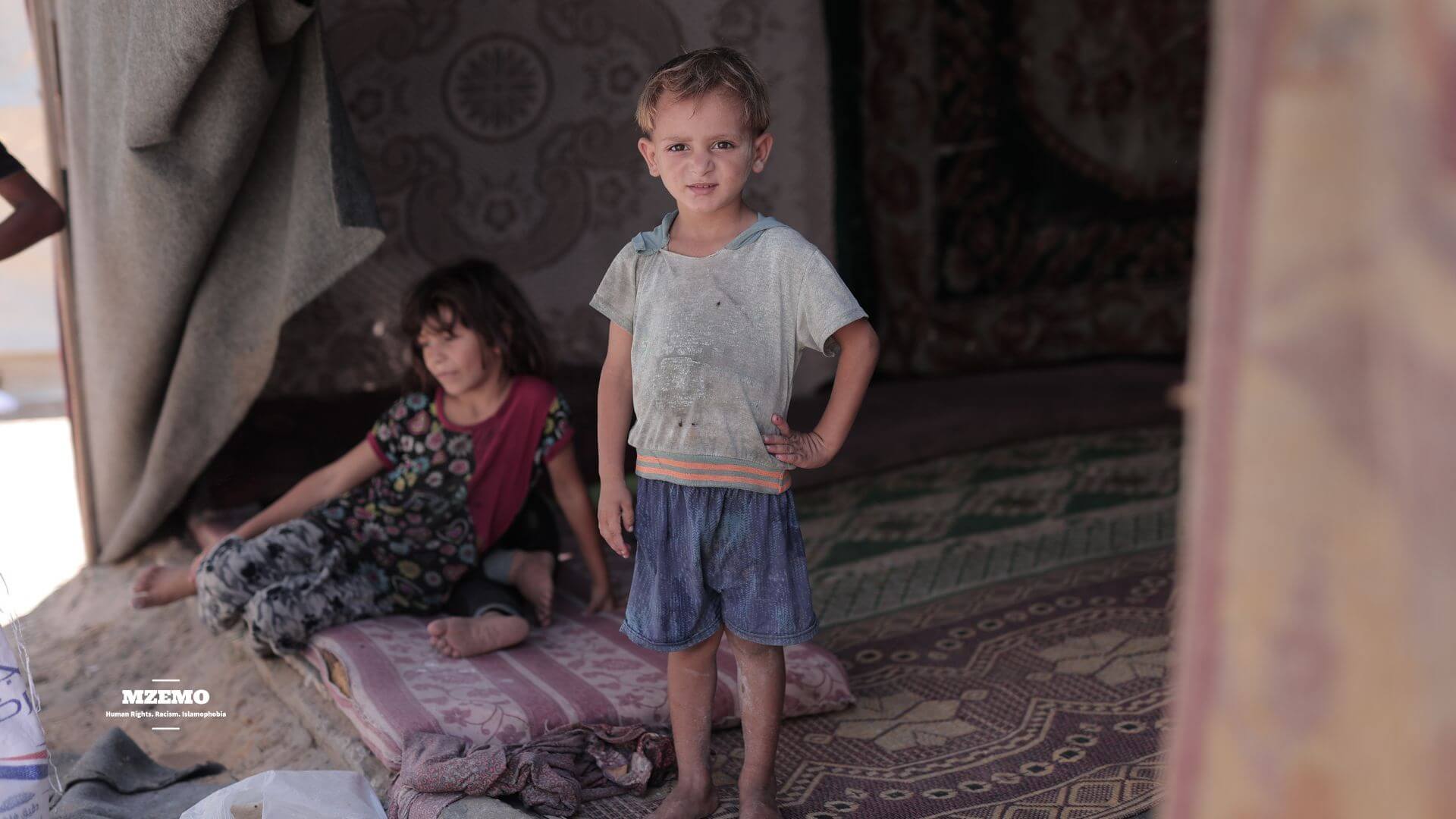The guns may have fallen silent, but Gaza’s agony has not. Behind the headlines of peace and tranquility lies a darker reality. This stark reality comprises starvation, censorship, and political manipulation that continue under the banner of a ceasefire. While global leaders hail a humanitarian pause, aid convoys are stalled, journalists silenced, and civilians still dying slowly from hunger and disease. In reality, Gaza’s genocide has changed its form. The violence now hides behind bureaucracy and severe neglect.
Violence Under a Ceasefire
For months, the ceasefire has been viewed as a turning point, yet the ground tells a different story. Drone strikes, sniper fire, and raids persist in several districts, violating the very spirit of peace. According to reports compiled by the United Nations Office for the Coordination of Humanitarian Affairs (OCHA), civilian injuries and detentions have continued despite official claims of calm. Eyewitnesses from central Gaza describe a grim pattern, including Israeli patrols and sporadic shelling, that keeps families in constant fear. What the world calls peace, Gazans still live under siege.
Aid Held Hostage: Politics Over Humanity
Perhaps the cruelest face of this false peace lies in aid distribution. The World Food Programme (WFP) noted that around 560 tonnes of food per day enter Gaza. This is just a fraction of what’s needed to prevent famine. Northern Gaza remains largely unreachable, where thousands survive on animal feed and brackish water. The flow of aid has been repeatedly interrupted over political disputes tied to hostage remains. This conditionality, using food and medicine as bargaining chips, undermines every fundamental principle of humanitarian law.
The Rafah and Kerem Shalom crossings, once gateways for relief, now operate under unpredictable permissions and delays. Aid trucks queue for hours under the desert sun while Gaza’s hospitals ration water and electricity.
“Every delay means another child going hungry,” – Reported by UNRWA
In essence, humanitarian lifelines have become tools of political leverage.
Media Under Lockdown: Silencing the Witnesses
The ceasefire also brought with it a new information war. International journalists are still barred from entering Gaza freely. Local reporters who survived the bombings continue to work under impossible conditions. It includes inadequate conditions like no fuel, no electricity, and no safety guarantees. Human Rights Watch (HRW) and the Committee to Protect Journalists (CPJ) have documented widespread media censorship and dozens of journalist deaths since the beginning of the conflict. Israel’s military strictly controls embedded reporting, dictating when and where journalists can film.
In a striking statement, the Office of the UN High Commissioner for Human Rights (OHCHR) warned that restricting access to Gaza amounts to concealing potential war crimes. Social media users have therefore become accidental reporters, using short videos, satellite imagery, and testimonies to bypass censorship. The story of Gaza now lives not on front pages but in the phones of those still willing to see.
Famine, Disease, and Displacement
Even under a ceasefire, Gaza’s humanitarian collapse continues to deepen. The World Health Organization (WHO) estimates that only 13 of Gaza’s 36 hospitals remain partially functional, with most lacking anesthesia, dialysis supplies, and antibiotics. In the north, famine has reached catastrophic levels in Gaza, which is classified as Phase 5 (Famine) by global food security standards. Children are dying not from bullets but from dehydration, malnutrition, and infection.
OCHA reports that more than 1.9 million Palestinians, which is nearly 90% of Gaza’s population, remain displaced. Entire neighborhoods are rubble. Sanitation systems have collapsed, raising fears of cholera and typhoid outbreaks.
Hostage Politics and the Leverage of Suffering
At the heart of Gaza’s stalled recovery is political conditionality. Israel’s decision to scale down aid until Hamas returns more hostages remains, exemplifying how humanitarian access is weaponized. Under international law, such conditional aid violates the Geneva Conventions’ prohibition of collective punishment. Yet, global powers remain muted. The ceasefire, negotiated to save lives, has instead become a bargaining table where civilians pay the price for political deadlock.
Diplomats quietly admit that the truce is being “managed,” not maintained. Every supply truck, every medical convoy, is subject to approval, inspection, and negotiation. What should be unconditional mercy has been turned into transactional diplomacy.
International Complicity and the Moral Cost of Silence
Although the illusion of peace is convenient for international politics, it allows world leaders to claim moral victory without addressing the systemic blockade. Western nations speak of humanitarian concern but continue arms trade and veto UN resolutions that demand accountability. Meanwhile, smaller nations, such as Spain, Ireland, and Norway, among them, have called for sustained aid corridors and recognition of Palestine’s right to self-determination. Yet, the global consensus for justice remains fractured.
Silence has become a strategy. As attention drifts elsewhere, the absence of noise benefits those who profit from impunity. The longer the world calls this peace, the easier it becomes to forget that Gaza is still dying.
The Way Forward
The ceasefire in Gaza is not an end but a hope that the masking under the brutality would end. Beneath its surface lies hunger, disease, silence, and slow death. Since true peace cannot be declared while aid is blocked and voices are silenced, it cannot really exist where food is conditional and suffering is just a political currency. So, we can hope that peace may not be postponed, and the surviving people of Gaza may get what they truly deserve – happiness, peace, and the ultimate prosperity!
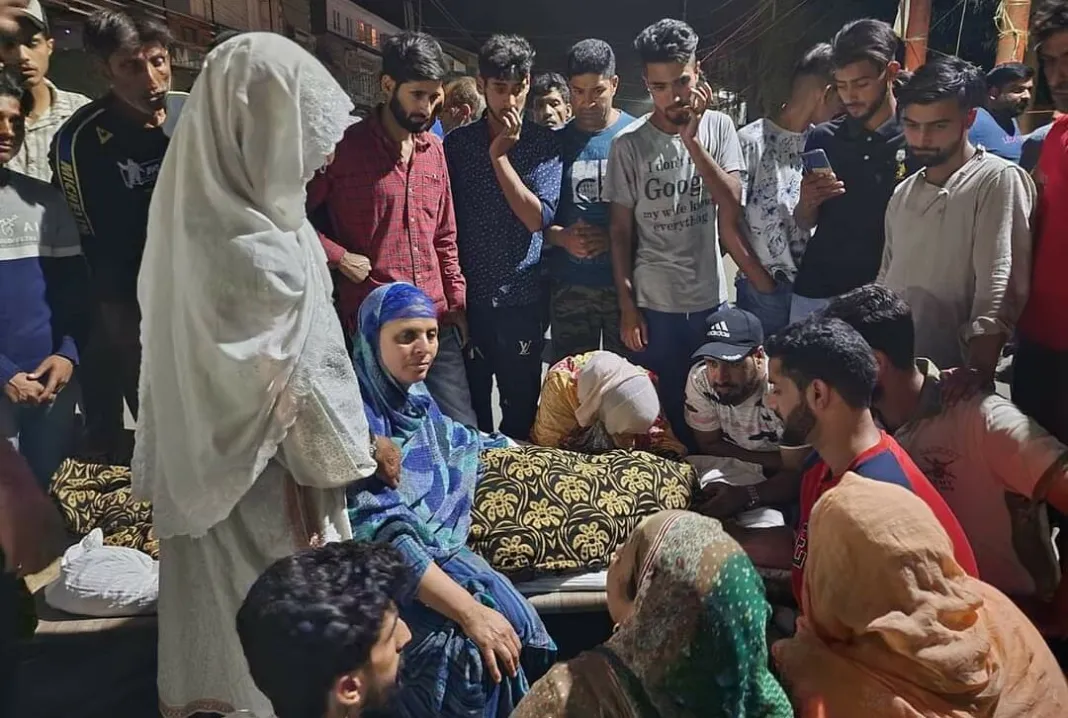

 Featured2 years ago
Featured2 years ago
 Featured3 years ago
Featured3 years ago
 Featured2 years ago
Featured2 years ago
 Featured4 years ago
Featured4 years ago
 Featured3 years ago
Featured3 years ago
 Featured5 years ago
Featured5 years ago
 Featured2 years ago
Featured2 years ago
 Featured3 years ago
Featured3 years ago
